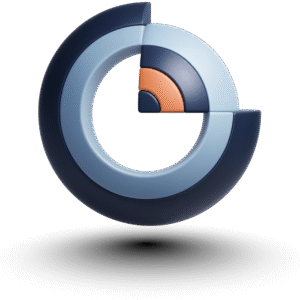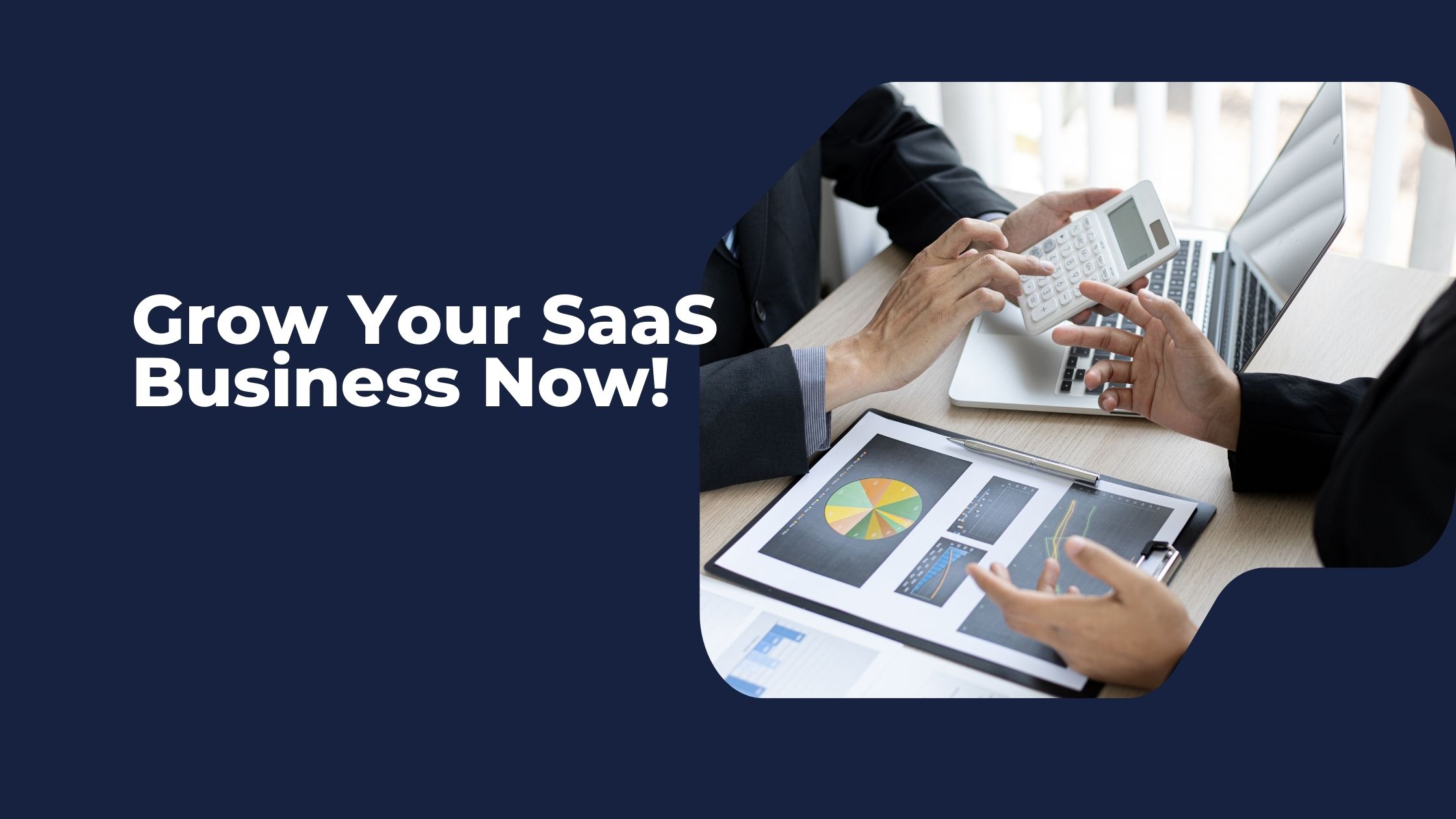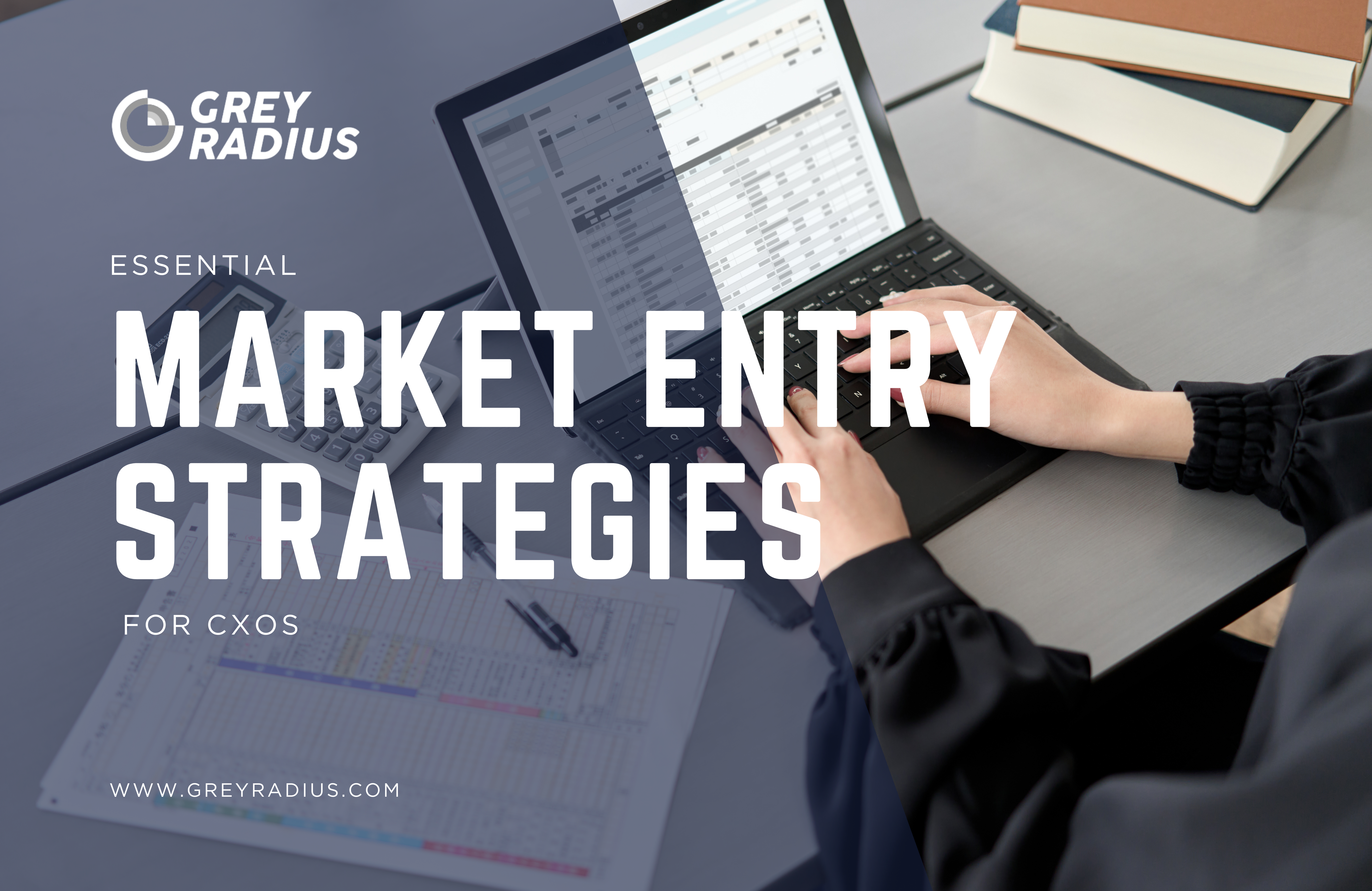It's more important than ever to choose the correct go-to-market (GTM) strategy. In today's fast-paced and highly competitive world, businesses are under more and more pressure to get consumers quickly, grow globally, and provide a steady return on investment. The GTM playbook is predicted to be shaped by two models by 2026: Product-Led Growth (PLG) and Sales-Led Growth (SLG).
Each model has its pros and cons. Businesses may better match their strategies with both market trends and corporate goals if they know how they function, where they shine, and where they fall short.
We at GreyRadius Consulting help our clients make these decisions. We build growth engines that not only work today but also stand up to the ups and downs of tomorrow by integrating market research, customer intelligence, and organizational execution.
Understanding PLG and SLG
Product-Led Growth (PLG)
In PLG, the product itself is what gets people to buy it, use it, and grow it. Customers usually start with a free or trial version, see the benefit right away, and then upgrade based on how they use it or "power user" indications.
-Dropbox made the product popular by letting people share files right away, which led to viral, rapid growth.
-Canva grew quickly around the world by letting people and small groups design things in minutes and relying on word-of-mouth instead of spending a lot of money on advertising.
Sales-Led Growth (SLG)
SLG puts the sales team at the center of making money. Buyers are cared for through direct encounters, including qualifying, demos, negotiations, and tailored onboarding.
-Salesforce and Workday are examples of SLG since they focus on relationship-driven engagement, compliance navigation, and multi-year enterprise contracts.
The main differences between PLG and SLG
-Customer Engagement: PLG adds value to the product right away. SLG builds relationships through guided, consultative selling.
-Cost Structure: PLG generally lowers customer acquisition costs (CAC), which can save up to 30–50% of spending. SLG needs to spend more money on sales and marketing teams.
-Scalability: PLG grows quickly because it is viral and self-service. SLG grows more slowly because it reaches its sales capacity limits.
-Revenue Dynamics: PLG works best in small and medium-sized businesses and the mid-market. SLG is the best choice for high-value business transactions when trust and compliance are a must.
Why This Debate Matters in 2026
By 2026, market conditions and buyer behaviors will make GTM strategy more important than ever. Several forces are at play:
-Frictionless Experiences: Buyers expect to test products before purchase. Complex sales cycles feel like roadblocks.
-AI and Analytics: Predictive models, usage data, and adaptive tooling enable smarter upsell and churn-prevention strategies.
-ROI Discipline: Investors and CFOs scrutinize every dollar. Inefficient GTM motions are under intense pressure.
-Enterprise Complexity: Procurement, legal reviews, and compliance will still demand sales involvement.
-Global Expansion: While PLG models are easily scalable across borders, achieving regional revenue often necessitates a physical presence in the field.
The takeaway? In 2026, winning companies will combine PLG’s speed and reach with SLG’s depth and trust.
Evidence: What the Data Reveals
PLG Strengths
-The ProductLed 2026 State of B2B SaaS report found companies using self-serve revenue streams reached value 18.3% faster and optimized pricing more effectively than non-PLG peers.
-Self-service revenue correlated with better unit economics and faster scaling of capacity per employee.
-The Product-Led Growth Benchmarks study (600+ SaaS firms) showed about 9% of free accounts convert to paid—a solid base for efficient scaling.
-Hybrid motions, sometimes called product-led sales, are gaining traction—where usage signals trigger tailored sales engagement.
PLG Limitations
-Scaling Ceilings: PLG shines with SMBs and mid-market, but enterprise deals usually demand sales intervention.
-Rising Costs: McKinsey’s study of 107 SaaS firms revealed high-performing PLG players still spend heavily on marketing, sales, and R&D to sustain growth.
-Enterprise Friction: Procurement, SLAs, and compliance can stall self-serve adoption.
-Conversion Rates: With only 9% of free accounts upgrading, PLG alone cannot support high ACV business models.
-Alignment Challenges: PLG success depends on tight coordination across product, engineering, marketing, and success teams.
SLG Strengths
-Consultative sales enable high ACV contracts and multi-year enterprise deals.
-Human-led processes ensure stronger pipeline predictability and forecasting control.
-Critical for industries with regulatory and compliance demands (healthcare, finance, government).
-Supports customization and integrations beyond what pure self-service can deliver.
SLG isn’t outdated—it’s evolving. In 2026, its primary role is not landing every deal, but enabling expansion, risk management, and strategic scaling.
Why Hybrid Will Dominate in 2026
The future belongs to hybrid GTM strategies that merge PLG’s scalability with SLG’s trust-building.
Here’s how hybrid works:
-Land with PLG – Drive adoption through freemium, trials, or usage-based models.
-Trigger Sales on Intent – Use data (feature adoption, team growth, usage spikes) to flag accounts for sales outreach.
-Sales-Assisted Expansion – Leverage sales teams for upsells, multi-seat contracts, and enterprise onboarding.
-Close Feedback Loops – Feed sales insights into product roadmaps to strengthen enterprise readiness.
-Segment by Buyer Profile – SMBs lean PLG-heavy, mid-market blends both, enterprises prioritize SLG support.
This isn’t a fallback—it’s the most resilient design for 2026.
What Makes GTM Models Successful in 2026
1. Rapid Time-to-Value (TTV)
Winning teams make onboarding seamless, guiding users to their “first success” quickly. The faster customers see value, the higher the likelihood of adoption.
2. Signal Intelligence & Orchestration
Tracking behaviors (repeat logins, feature adoption, team invites) and responding with timely outreach or nudges bridges PLG with SLG.
3. Smart Segmentation
Not all users need the same motion. High-ACV prospects demand sales touch; SMBs thrive with self-serve.
4. Team Alignment
Product, sales, growth, and marketing must align on shared metrics like Net Revenue Retention (NRR) and expansion revenue. Misalignment is a common cause of PLG failure.
5. Disciplined Investment
Over-hiring sales too early drains cash. Under-investing in product kills adoption. Successful teams balance efficiency and growth investment.
6. Compliance & Trust
In regulated industries, trust still hinges on sales-assisted interactions backed by compliance certifications and security guarantees.
When to Go PLG-First vs. SLG-First
PLG-First Works Best When:
-The product is intuitive, simple, and viral.
-Target buyers are SMBs or digital-native teams.
-Product-market fit is strong, with rapid feature adoption.
-You can measure and optimize behavioral data effectively.
SLG-First Wins When:
-Products are complex, requiring customization or integration.
-Target buyers are enterprise executives with long procurement cycles.
-Markets demand high trust, references, and guarantees.
-ARR targets depend on landing large, high-value contracts.
Even here, layering in PLG elements later often drives additional growth leverage.
Final Thoughts: The Road to 2026
By 2026, the debate between PLG and SLG will no longer be about choosing one over the other. Instead, it will be about how companies orchestrate both models seamlessly, balancing efficiency with trust, and automation with human touch.
The winners will:
-Deliver value quickly through product adoption.
-Build trust deeply with consultative engagement.
-Use data and AI to align product and sales signals.
-Design GTM models that flex with customer profiles and global conditions.
At GreyRadius Consulting, our mission is to help businesses design GTM strategies that are customer-centric, data-driven, and future-proof—strategies that drive not just growth, but lasting customer engagement.

The GreyRadius Consulting Approach
At GreyRadius, we see GTM as a custom-built structure—not a one-size-fits-all model. Here’s how we help clients:
Readiness Mapping: We audit segmentation, product fit, buyer journey complexity, and data maturity.
GTM Architecture: We co-design motion maps showing where PLG or SLG applies, when handovers occur, and how signals are escalated.
Phased Rollout: We advise piloting hybrid motions, tracking metrics like conversion, expansion, and churn before scaling.
Team Alignment: We realign incentives and OKRs across product, growth, marketing, and sales to prevent silos.
Feedback Loops: Continuous integration of sales insights into product roadmaps keeps GTM adaptive.
Change Management: We support cultural shifts, training, and storytelling to embed hybrid GTM as a sustainable operating model.







